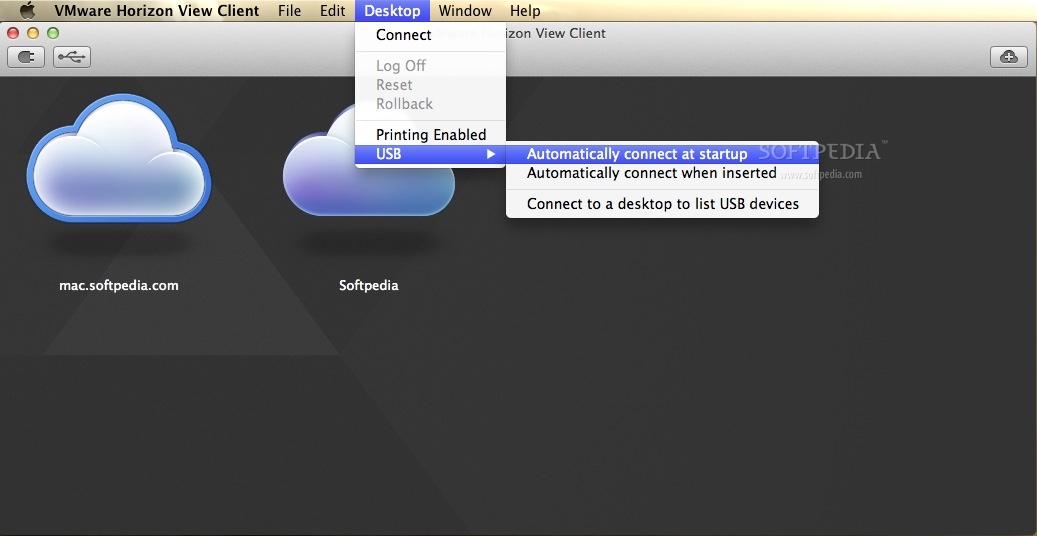

The names of redirected devices in the virtual desktop are the actual device names, but with (VDI) appended, for example, C670i FHD Webcam (VDI).
For virtual desktops, with Horizon Client for Windows 5.2 and later, Real-Time Audio-Video can redirect more than one audio and video device. Real-Time Audio-Video is compatible with standard conferencing applications and browser-based video applications, and supports standard webcams, audio USB devices, and analog audio input.ĭuring the setup of an application such as Skype, Webex, Google Hangouts, or Microsoft Teams, users can choose input and output devices from menus in the application. This feature redirects video and audio data with a significantly lower bandwidth than can be achieved by using USB redirection. With Real-Time Audio-Video, webcam and audio devices that are connected locally to the client system are redirected to the remote sessions. The adaptive capabilities of the Blast Extreme display protocol makes your virtual desktop fast and responsive regardless of whether you are connecting over your corporate Wi-Fi network or at a local café.Real-Time Audio-Video allows Horizon 7 users to run Skype, Webex, Google Hangouts, Microsoft Teams, and other online conferencing applications in their remote sessions. With hosted applications, leave the desktop behind, jump directly to your apps, and run them with ease from Chromebook. LEAVE THE DESKTOP BEHIND WITH HOSTED APPLICATIONS 
The VMware Blast Extreme protocol used with Horizon is designed and optimized for mobile users. Contact your IT department for further assistance.

IMPORTANT NOTE: A VMware Horizon virtual desktop or hosted application is required to use the VMware Horizon Client for Chrome. VMware Horizon Client for Chrome VMware Horizon Client for Chrome makes it easy to work on your VMware Horizon virtual desktop and hosted applications from your Chromebook, giving you on-the-go access from any location.







 0 kommentar(er)
0 kommentar(er)
